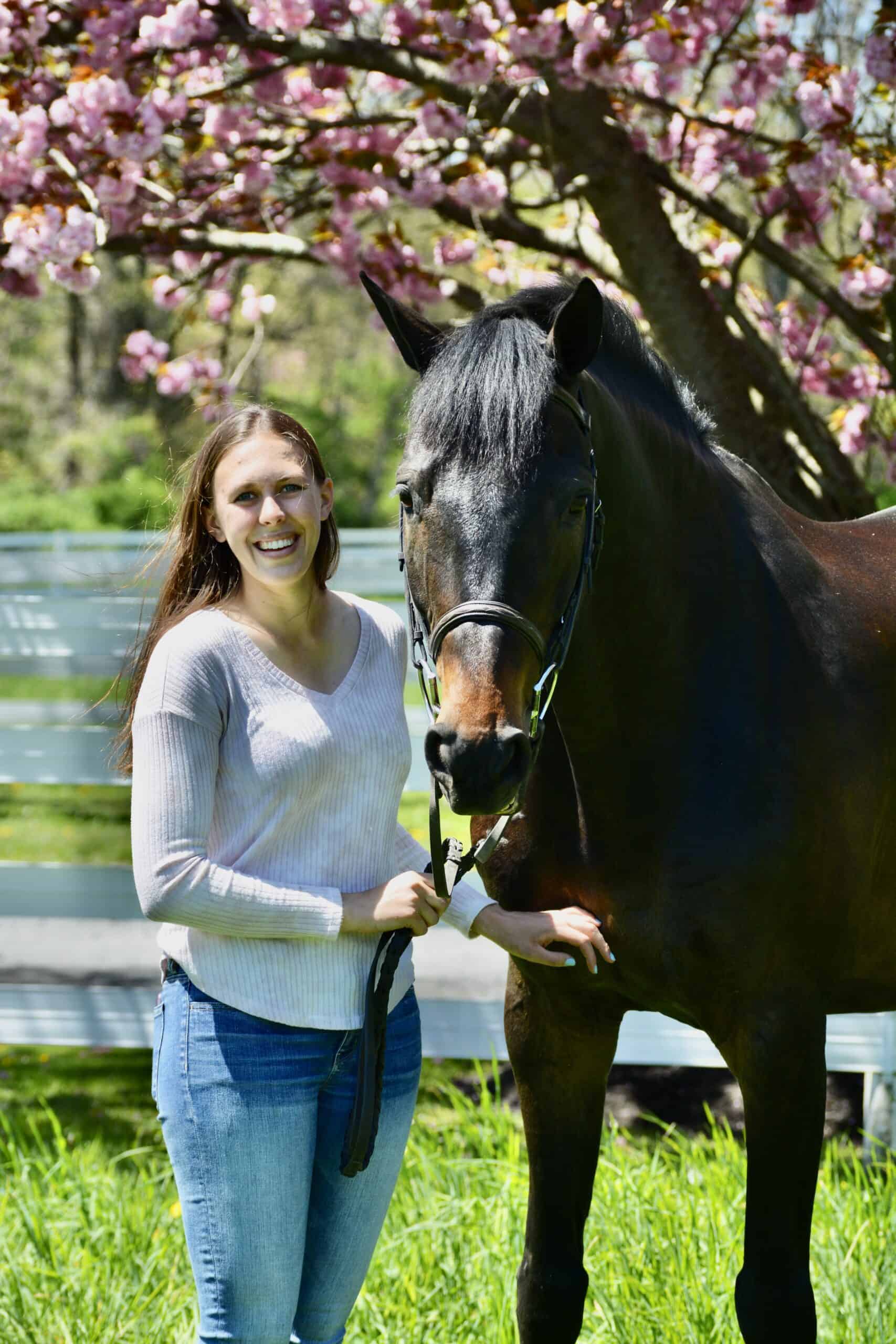SPONSORED CONTENT
Share:
Join us to learn about fluorescent light energy (FLE), a safe and novel therapeutic approach that promotes balanced wound healing and provides both antimicrobial activity and anti-inflammatory effects in equine wounds and skin conditions. Sponsored by Phovia.
About the Expert:
Anthony Yu, DVM, MS, Dipl. ACVD
Yu completed his DVM at the Ontario Veterinary College (OVC) in 1990 and, after finishing a residency and MSc at Auburn University, in Alabama, he started the first private dermatology referral practice in Oregon, where he dealt with chronic ear, skin, and allergic conditions in dogs, cats, and horses for 11 years. He then returned to the OVC as an associate professor in veterinary dermatology in 2004. As of 2013 Yu is back in private referral practice at the Veterinary Allergy Dermatology & Ear Referral Clinic (VADER) in Southwestern Ontario. He has lectured extensively and authored and guest-edited multiple publications in canine, feline, and equine journals and veterinary textbooks.
Yu has been a Pentathlon Ontario board member as well as the Western Ontario Region Pony Club Tetrathlon Chair for several years. Both his girls were actively involved in all disciplines of Pony Club. Yu has three horses of his own and two boarders, along with three dogs and two cats on a small hobby farm near Guelph. Yu competed in jumper competitions as a youth and competes at local schooling events in Southwestern Ontario for fun.

Written by:
Haylie Kerstetter
Related Articles
Stay on top of the most recent Horse Health news with








